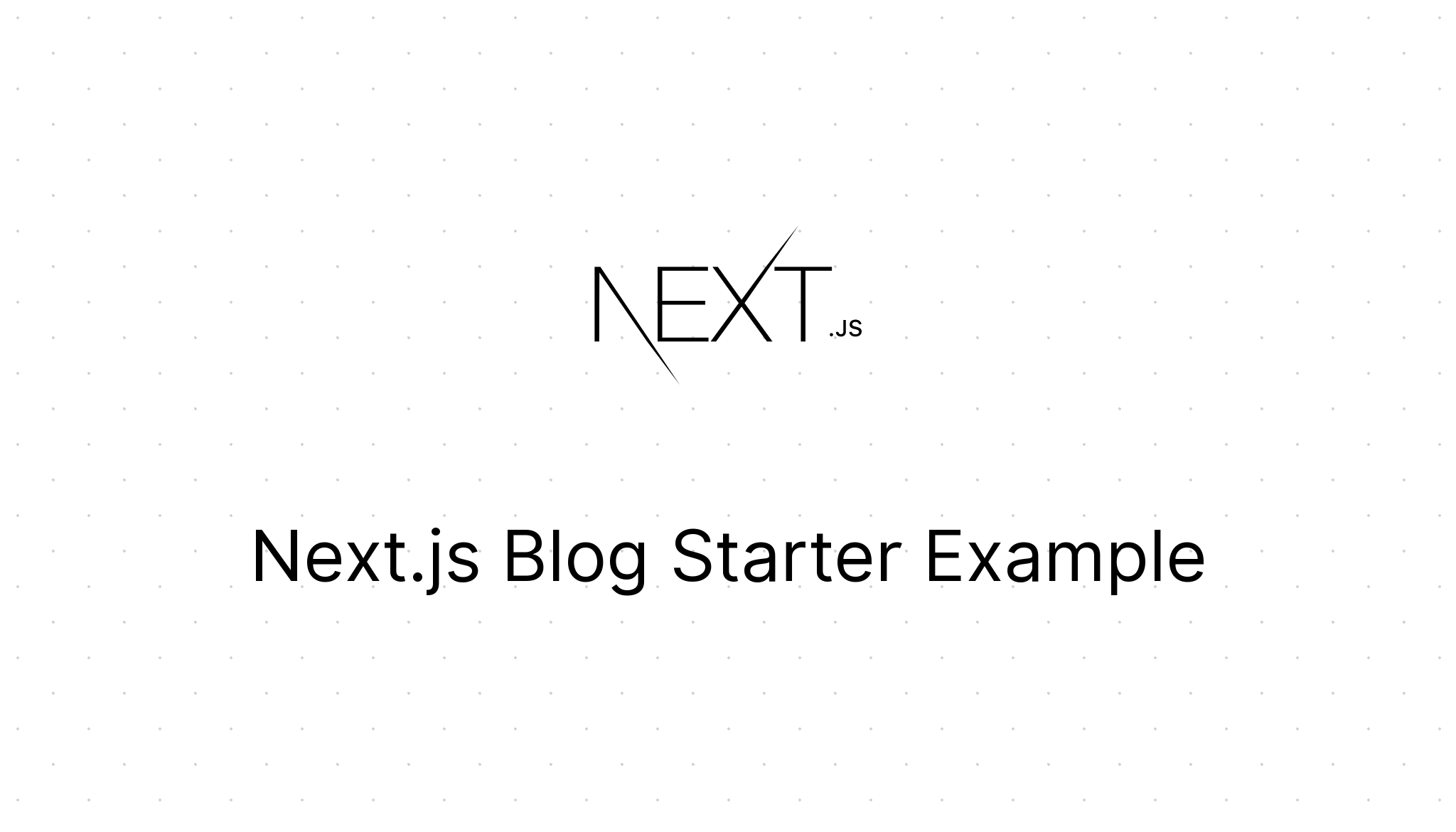April 2021

Better Ruby Presenters - Literate Programming
But I digress: objects > functions. At least in the context of getting stuff done in Ruby. This pretty much applies to most of the rest of the points in this post, so just keep that in the back of your brain.

AppArchitect Lets Anyone Build iOS Apps, No Coding Or Templates Necessary | TechCrunch
AppArchitect lets you build custom iPhone and iPad apps using a simple drag-and-drop interface. That’s right — you need zero coding experience to build your own iPhone app. It’s a brand new world.

The Secret to Rails OO Design - Literate Programming
Yep, that's right. A Ruby class that inherets from nothing. It's so simple that it hides in plain sight. Loved by those who've mastered Rails, Plain Old Ruby Objects, or "POROs" as some like to call them, are a hidden weapon against complexity. Here's what I mean. Examine this 'simple' model:

Gallery of free HTML snippets for Twitter Bootstrap. | Bootsnipp.com
A design element gallery for web designers and web developers. Find snippets using HTML, CSS, Javascript, jQuery, and Bootstrap.
Big-O Algorithm Complexity Cheat Sheet
Hi there! This webpage covers the space and time Big-O complexities of common algorithms used in Computer Science. When preparing for technical interviews in the past, I found myself spending hours crawling the internet putting together the best, average, and worst case complexities for search and sorting algorithms so that I wouldn't be stumped when asked about them. Over the last few years, I've interviewed at several Silicon Valley startups, and also some bigger companies, like Yahoo, eBay, LinkedIn, and Google, and each time that I prepared for an interview, I thought to msyelf "Why oh why hasn't someone created a nice Big-O cheat sheet?". So, to save all of you fine folks a ton of time, I went ahead and created one. Enjoy!

ZuzusPetals
Zuzu's Petals is the long-running Brooklyn-based flower shop & plant nursery, located in Park Slope, NY. Our florists can help you with bouquets, arrangements, delivery, flowers for your wedding, end of life celebrations, gift items & home decor.
The Big Badass List of Twitter Bootstrap Resources
Twitter bootstrap stuff

Camels and Rubber Duckies - Joel on Software
One of the biggest questions you're going to be asking now is, "How much should I charge for my software?" When you ask the experts they don't seem to know. Pricing is a deep, dark mystery, they tell you. The biggest mistake software companies make is charging too little, so they don't get enough income, and they have to go out of business.

Starters Guide to iOS Design
As someone who does work on both the development and design side of iOS apps I find that many designers struggle with the transition to UI work, or with the different processes involved in iPhone and iPad app design. In this guide I'll describe the deliverables you'll be expected to produce, outline the constraints of the medium and introduce fundamental iOS and UI design concepts.
apotonick/representable · GitHub
Maps representation documents from and to Ruby objects. Includes JSON, XML and YAML support, plain properties and compositions. - trailblazer/representable

The Wirecutter
Wirecutter tests and reviews the best tech, appliances, gear, and more. You can trust our veteran journalists, scientists, and experts to find the best stuff.
How to get 4x the performance out of Heroku with UnicornThe Codeship Blog
How to get 4x the performance out of Heroku with UnicornThe Codeship Blog URL: http://blog.codeship.io/2012/05/06/Unicorn-on-Heroku.html Type: link Domain: blog.codeship.io

Domain name registrar and VPS cloud hosting - Gandi.net
➤ Email, web hosting, SSL certificate ✅ It all begins with a domain name ✅ Buy the perfect domain name among our 750 extensions!

MacKenzie-Childs - MacKenzie-Childs - Hand painted ceramics, dinnerware, tableware, glassware and home furniture
shopping site good for gifts hand painted certamics etc.

Quick iOS Prototyping In Flinto | Meng To - UI/UX Designer
There are many iOS prototyping tools out there: Briefs 2, POP, Prototypr just to name a few. The one that really struck me as the most efficient is Flinto by far. Ironically, it’s the only Web-based tool amongst them. And there is nothing better out there. It will literally take minutes to create a prototype that looks like it was made using Xcode Storyboard.